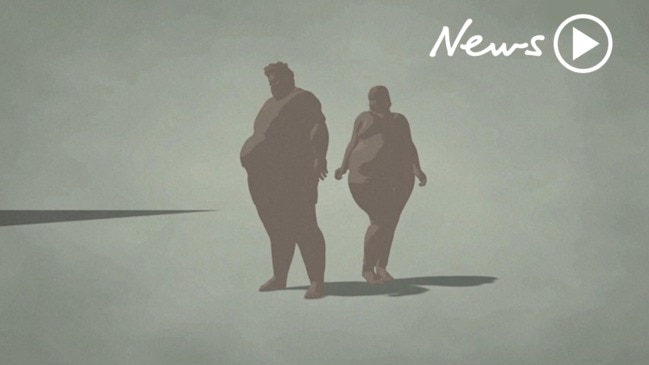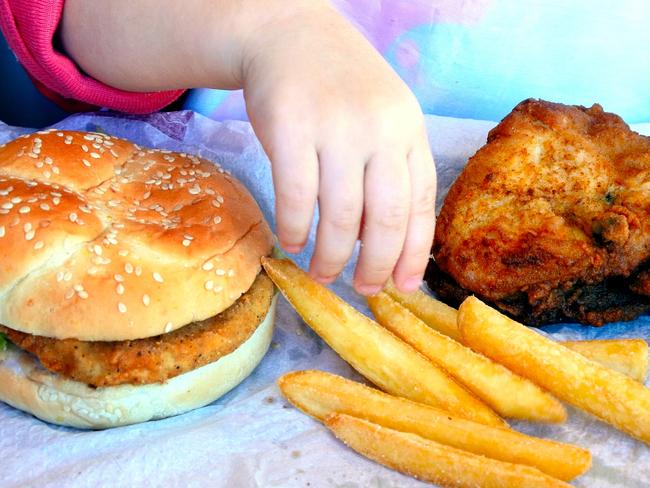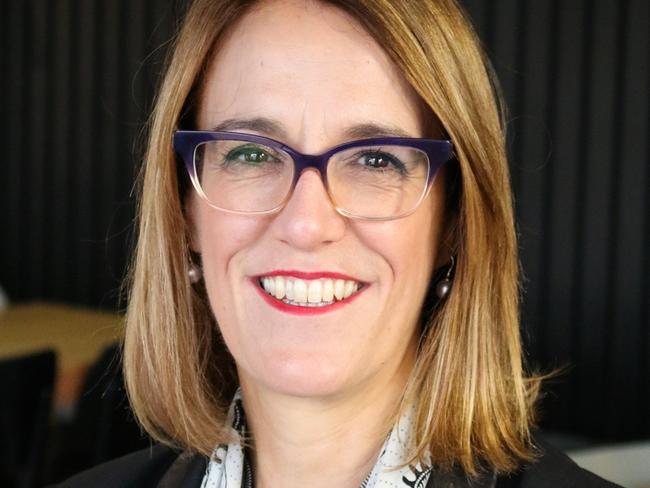Child obesity: 1 in 3 Victorian kids overweight with the biggest increase at primary school age
THE rate of childhood obesity is rising faster in Victoria than in any other state, prompting calls for an urgent strategy to combat the ballooing waistlines.

VIC News
Don't miss out on the headlines from VIC News. Followed categories will be added to My News.
THE rate of childhood obesity is rising faster in Victoria than in any other state, with new figures revealing that almost a third of children are overweight or obese.
The data has prompted calls from public health advocates for an urgent statewide strategy to turn the tide on ballooning waist lines in school-aged kids.
The prevalence of overweight 5 to 14-year-olds has fallen, or at least stabilised, in all but three states in 2014-15, to sit below the national average of 26 per cent.
SIMPLE THINGS THAT ARE MAKING YOUR KIDS FAT
ONE IN FIVE KIDS OVERWEIGHT BEFORE KINDERGARTEN
CHILDREN’S OBESITY NOT A QUICK FIX
But obesity rates in Victoria, ACT and Tasmania have increased since 2007-08, according to the Australian Institute of Health and Welfare.
Childhood rates of overweight and obesity in Victoria jumped from 23.4 per cent in 2011, to 30.8 per cent in 2014.
The biggest jump in Victoria has been in primary school-aged children.
Just 15.9 per cent of 5 to 9-year-olds were overweight or obese in 2007-08 — the lowest in the country — but hit a national high of 32 per cent in 2014-15.

Obesity Policy Coalition executive director Jane Martin said a whole-of-government strategy was needed to tackle obesity prevention from all angles, including advertising, promotion, food access and support for local communities.
“This problem is very serious in Victoria,” she said. “We need a long-term approach to this, and to pull all the levers we have within government to make the healthy choice, the easy choice for children, their families and community.”
Cancer Council Victoria head of prevention Craig Sinclair said the 216,6000 Victorian children carrying too much weight were on a path to having an increased risk of 13 different cancers, type 2 diabetes and heart disease.

Professor Jo Salmon, co-director of the Institute for Physical Activity and Nutrition at Deakin University, said it was vital to increase the 1.3 per cent of government health budgets that was spent on prevention.
“Children are the very innocent victims here,” Prof Salmon said. “Obesity as a condition is super simple — too much energy in and not enough energy out — but the solutions are complex.
“We know a lot about what works. We just need government to invest in it.”
Health Minister Jill Hennessy said the state government had introduced a range of measures to encourage healthy eating and active lifestyles, including making kilojoule labelling mandatory at fast-food outlets and introducing healthy eating programs at schools.


